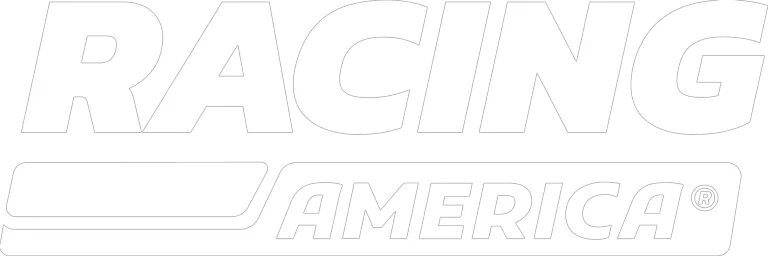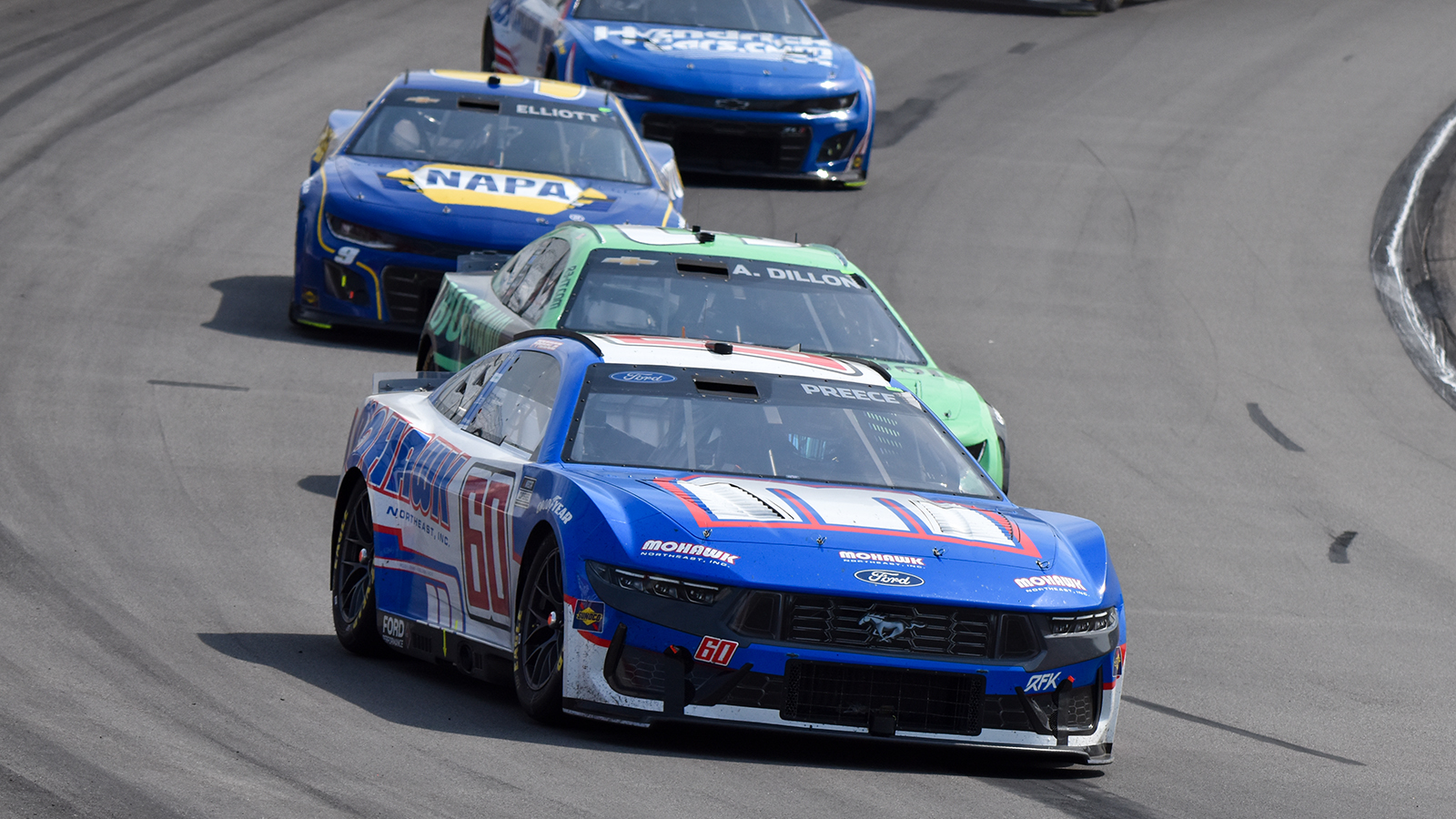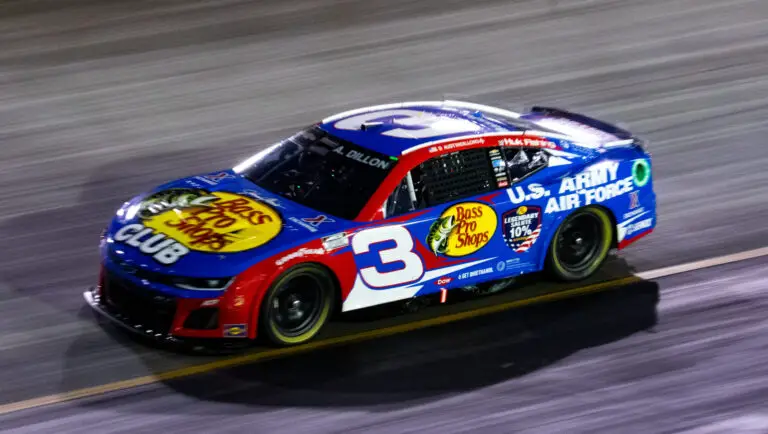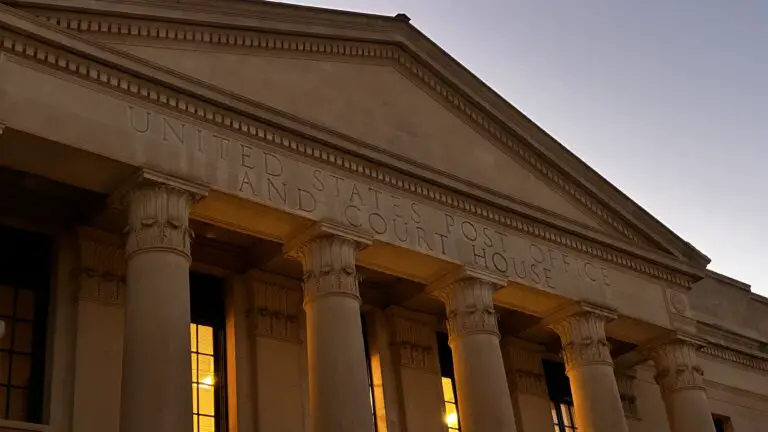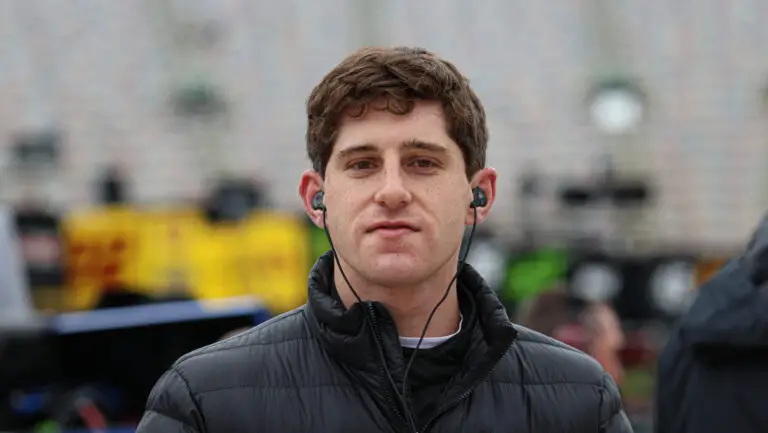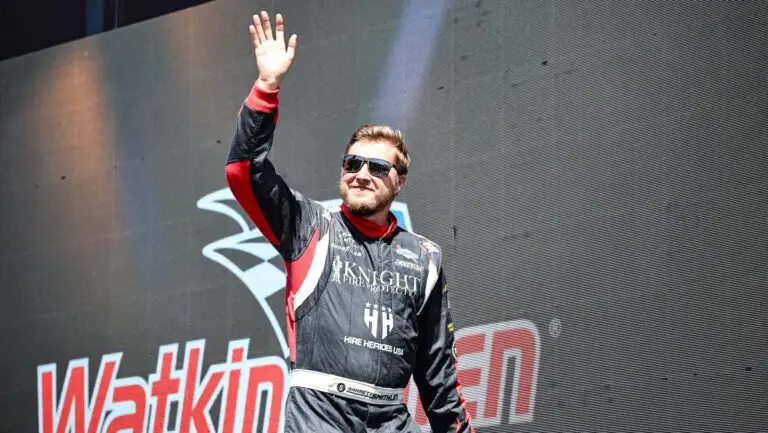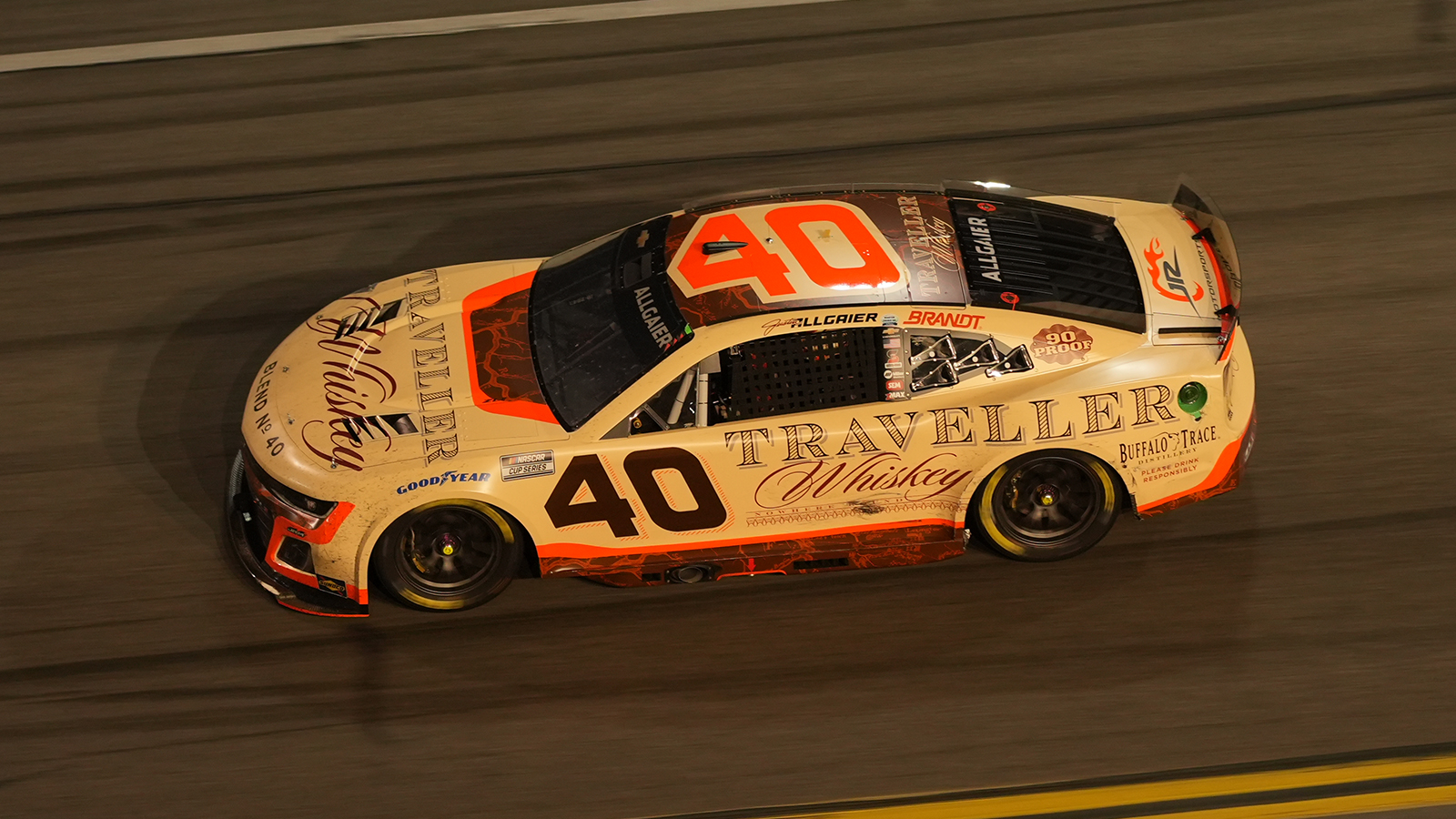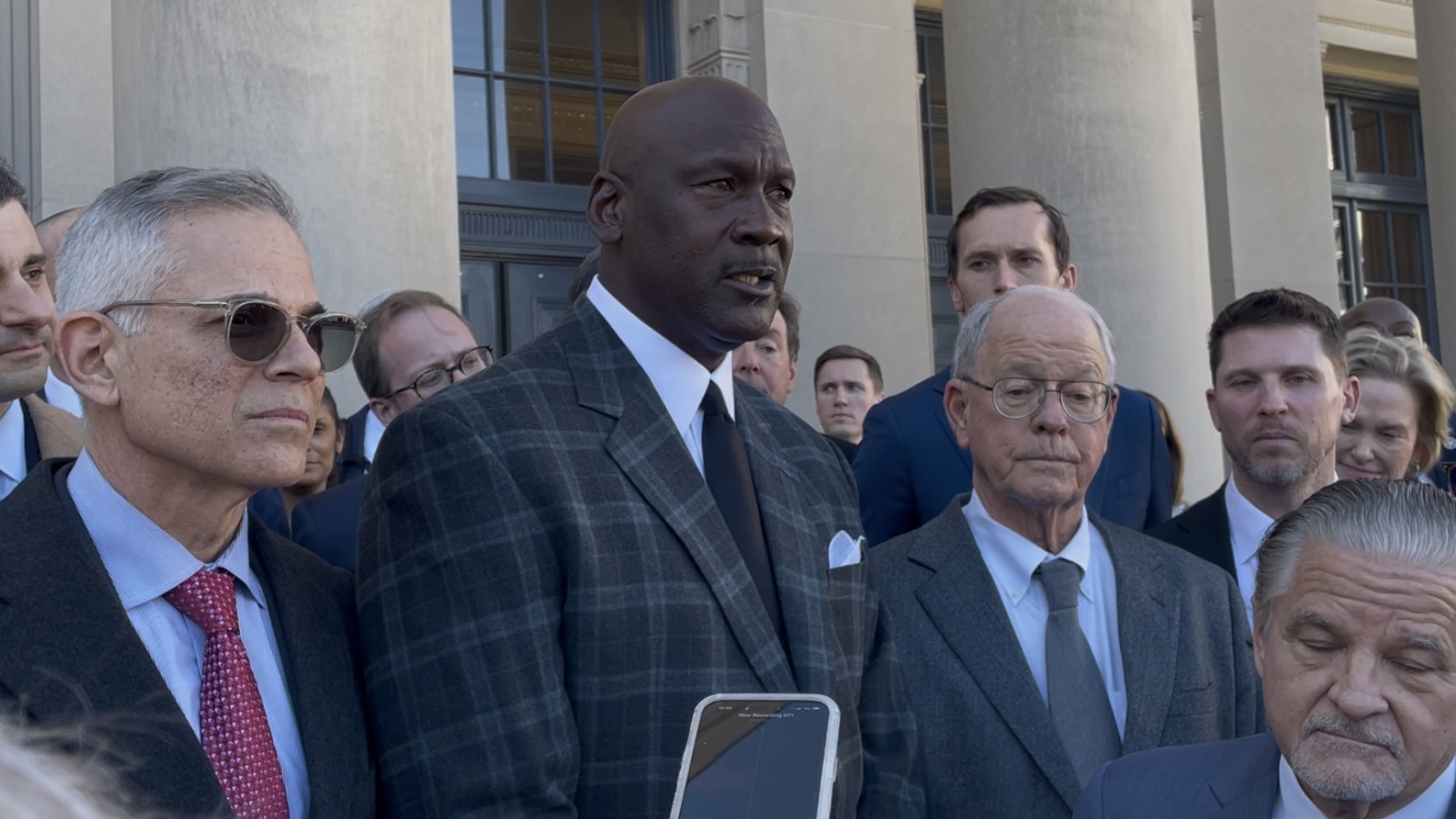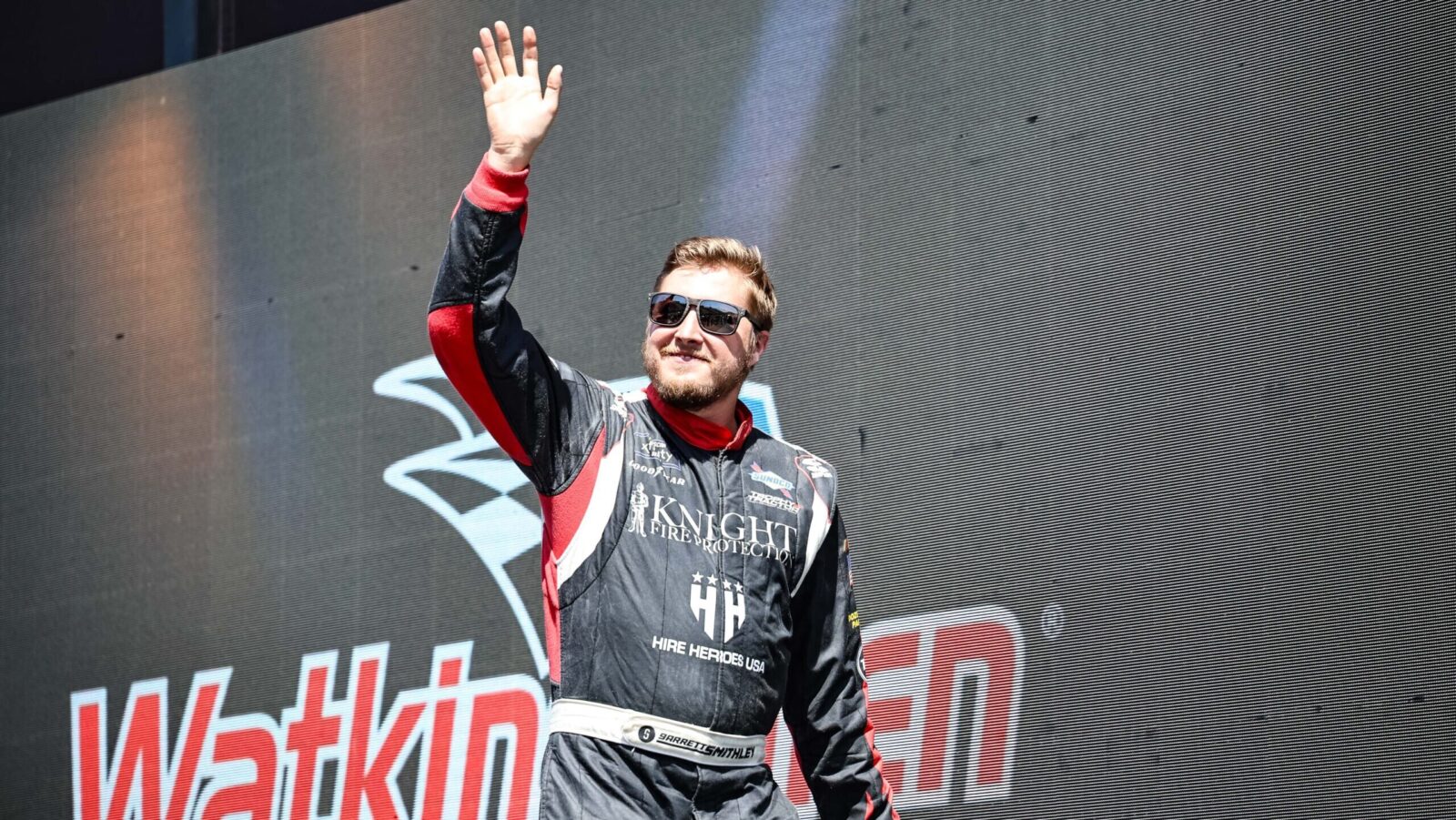Following another frustrating short-track show for the NASCAR Cup Series this past weekend in the Iowa Corn 350 Powered by Ethanol at Iowa Speedway, disgruntled fans and those within the industry took to social media begging for a fix for the Next Gen car’s short-track package.
Related:
William Byron Regains Point Lead With Fume-Fueled Iowa Win
While NASCAR has attempted a lot of changes between aerodynamic packages and a variety of softer tire compounds from Goodyear to cure the issues, nothing has worked to deliver a decent product on short tracks in the NASCAR Cup Series. However, there is one change that the sanctioning body has been hesitant to pull the trigger on, which the fans, media, and competitors alike have been very vocal about — increasing the horsepower.
In a weekly interview with SiriusXM NASCAR Radio, Elton Sawyer, NASCAR SVP of Competition, spoke about the prospect of increasing the horsepower totals for the NASCAR Cup Series cars at short track events, and he said discussions to do just that among the stakeholders in the sport are progressing well. Sawyer expects short-track horsepower to potentially increase for the 2026 NASCAR Cup Series season.
“It’s something that is an ongoing discussion with our industry stakeholders,” Sawyer explained, “Our folks at Toyota, Ford, and Chevy, as well as our engine builders and our race teams. I feel like we’re having positive conversations. There is still a lot that goes into that, obviously, it’s a 2026 initiative to get that across the line, so we still continue to have very positive conversations around that.”
According to Sawyer, one of the biggest challenges when it comes to the potential horsepower increase for the NASCAR Cup Series is weighing out which tracks to boost the horsepower numbers at. Sawyer says Martinsville Speedway and Bristol Motor Speedway, for example, would be obvious tracks where horsepower will likely increase, as they are among the shortest tracks on the NASCAR Cup Series schedule. However, where does the cutoff come for the horsepower changes?
Does it include tracks under a mile in length only? Does it include one-mile ovals such as Dover Motor Speedway, New Hampshire Motor Speedway, and Phoenix Raceway? And what about tracks slightly longer than a mile, such as Nashville Superspeedway and Darlington Raceway?
Each of the tracks from the one-mile to 1.366-mile range race completely differently, which has all of the stakeholders within the sport working hard to nail down which tracks should receive the higher-horsepower engine package.
One thing seems sure, though: the sanctioning body will most likely not be rushing out a higher-horsepower package at the remaining short track events during the 2025 NASCAR Cup Series season.
“I don’t see that happening,” Sawyer said when quizzed on whether the horsepower changes could come before the end of the current season. “Just as I went through there, all the reasons and getting everyone together and being able to get all those boxes checked, and making sure we do it right.”
“We still have to make sure that that’s first and foremost, that it is the right thing, which we believe it is,” Sawyer added. “We’ve got a lot of feedback from a lot of different stakeholders; some have stronger opinions than others. So, you have to weigh that, as well.”
While Sawyer says talks are progressing about the horsepower change in 2026, another major question in regard to the potential horsepower changes for short tracks in 2026 is how much the sanctioning body will look to increase the horsepower.
Doug Yates, CEO of Roush-Yates Engines, has been one of the major proponents for NASCAR allowing an increase in horsepower for the NASCAR Cup Series cars, which currently sit at 670 horsepower at short tracks in 2025. While Yates wants to see an increase, he also explained in an interview with SiriusXM NASCAR Radio in May that if the sanctioning body bumps the horsepower to 750, it likely “wouldn’t be much of a change” for engine builders.
But Yates cautioned that if NASCAR moved to a 900-horsepower package, for instance, he could see that resulting in engine builders needing a complete overhaul of their current NASCAR Cup Series engine programs.
“There’s a lot to it because right now, if you know every single detail, this engine is refined to make the most power for the rules we’re racing, whether that’s 510 or 670. So, we would have to go back through all of those things to achieve 900,” Yates said. “It’s not hard to do, it’s just, once you go there, it’s probably going to decrease the life of the engines, and that’s a different scenario or situation from our engine builders, as well as the economics of the engine side of business.”
Nailing down a horsepower number and the tracks at which the horsepower will be altered is certainly going to be important for the sanctioning body and all of the industry stakeholders to get right. But at the end of the day, it looks like fans can expect an increase in horsepower for the NASCAR Cup Series cars at short tracks sooner rather than later.

